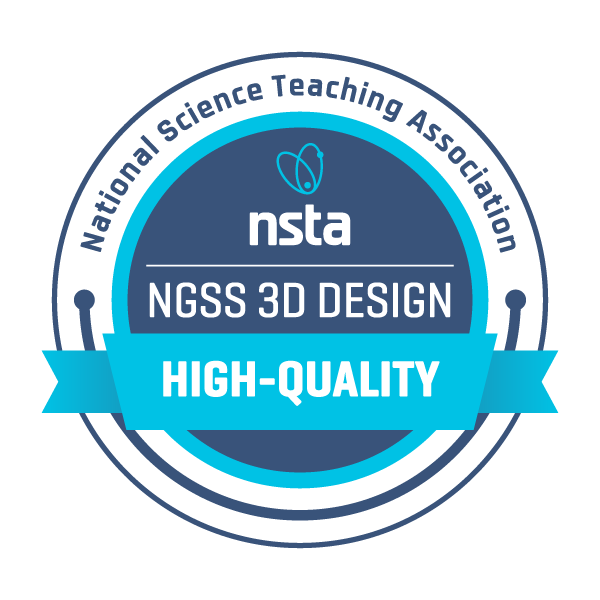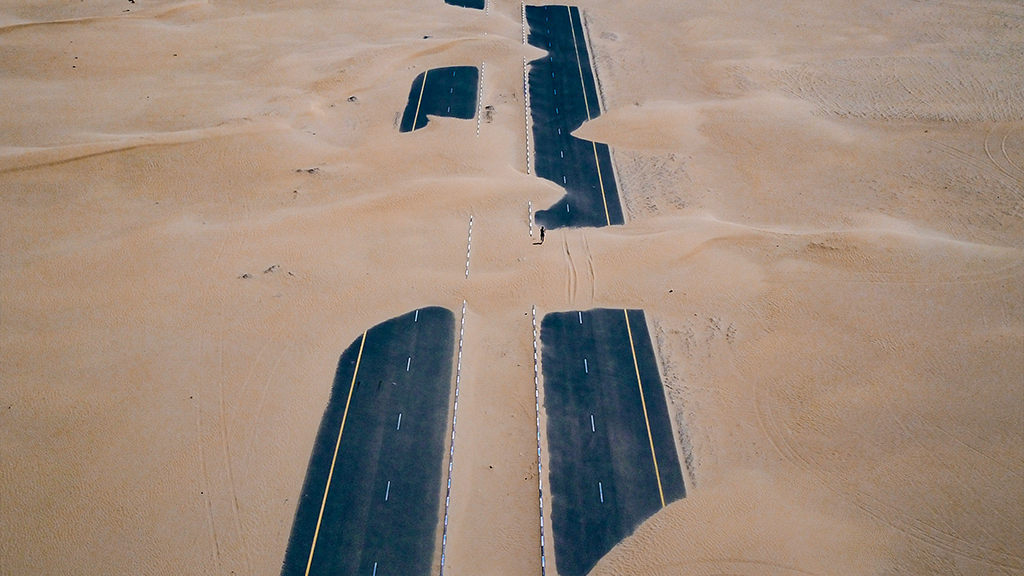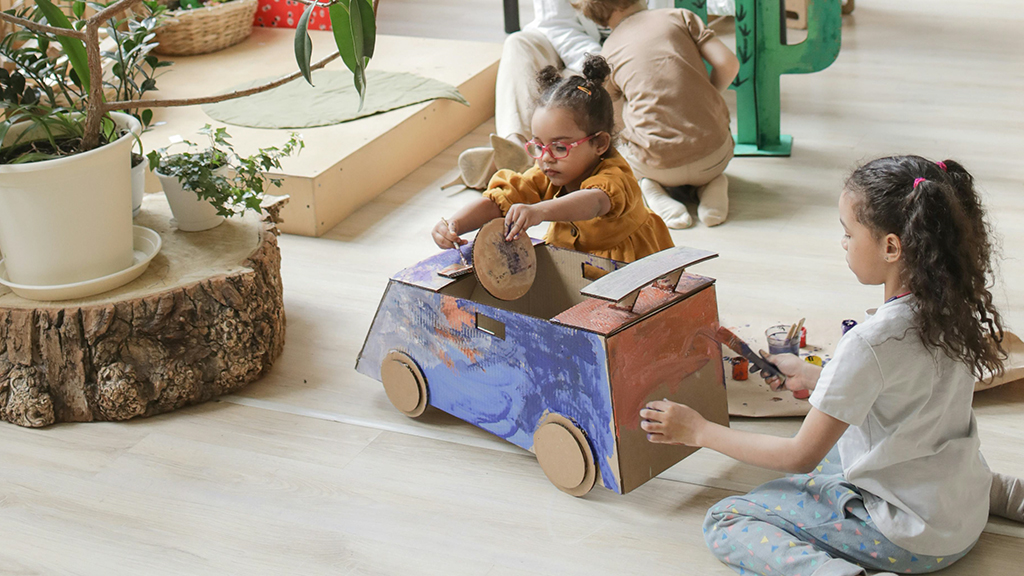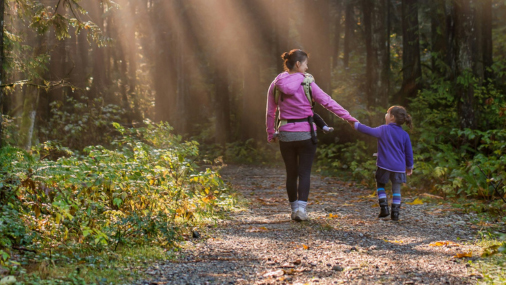Grade 2
NSTA EQuIP Reviews
The EQuIP Rubric for Science provides criteria by which to measure how well lessons and units are designed for the NGSS. This page houses NSTAs EQuIP Rubric Reports for Grade 2. Learn more about the review process.
2.1 Earth: Land Changing Shape
Why does land change shape and how can we prevent land from changing?
Developer | Score | Report | Awarded |
|---|---|---|---|
| OpenSciEd | E: Example of | Download Report (PDF) |  |
Unit Summary
How do wind and water change the shape of the land and what can we do about it?
Land is on the move and people and animals aren’t moving it! At the beginning of this unit, students engage with a puzzling news story about land changing shape, and people and animals don’t seem to be causing these changes. Students try to figure out how this land could be changing shape, and inquire with their communities and families to find examples of this happening around them. Through a series of investigations and community examples, students learn about how wind and water can change the shape of the land over various timescales. Once students have figured out how the land is changing shape, they work to solve a land change problem in their communities. Students act as engineers to design and test a solution. They compare designs and determine what solution would be most effective.
2.2 Structure & Properties of Matter
How can we design a new toy?
Developer | Score | Report | Awarded |
|---|---|---|---|
| OpenSciEd | E: Example of | Download Report (PDF) |  |
Unit Summary
Have you ever stopped playing with a toy because it did not interest you anymore? At the beginning of the unit, students learn that they have the opportunity to add new toys to their classroom. Students use the engineering design process to design and build a new toy for their classroom as well as for a kindergarten classroom. They begin by exploring toys and what it means to use engineering to solve problems and make things better. To inform their toy designs, students plan and carry out investigations to determine the properties of different materials, the purpose of those properties, and how materials can change when disassembling, reassembling, heating, or cooling. Students then find out that kindergartners are wanting new toys for their classroom too! They continue their engineering design by interviewing kindergartners to determine the needs for the toy design. Students build on what they figured out about materials, properties, and how materials can change, to build, test, gather peer feedback, and revise the toys they are making for the kindergartners. Finally, students give their toys to the kindergarteners to enjoy!
2.3 Habitats & Biodiversity
What lives where?
Developer | Score | Report | Awarded |
|---|---|---|---|
| OpenSciEd | E: Example of | Download Report (PDF) |  |
Unit Summary
Have you ever wondered what kinds of plants and animals live near you or in places that are different from where you live? In this unit, students begin by noticing and wondering about different types of places, including their own schoolyard and national parks in various regions of the United States, and the plants and animals that live there. Students use a website to obtain information, observe patterns in the shapes and types of land and water in different national parks, and create maps to compare their similarities and differences. They then make first-hand observations of plants and animals in their school and community, and media-based observations of plants and animals that live on land and in water in the national parks. Finally, students present their findings about the plants and animals that live in the national parks to compare the kinds of plants and animals that live on land and in water in different places.





